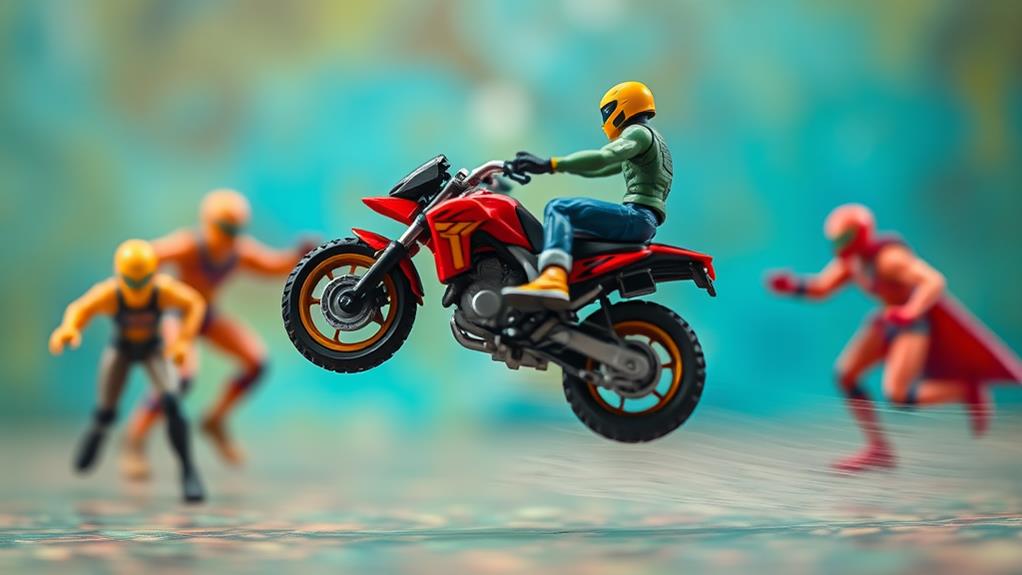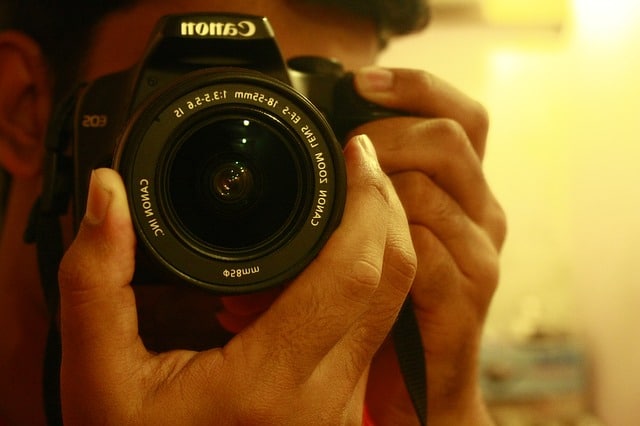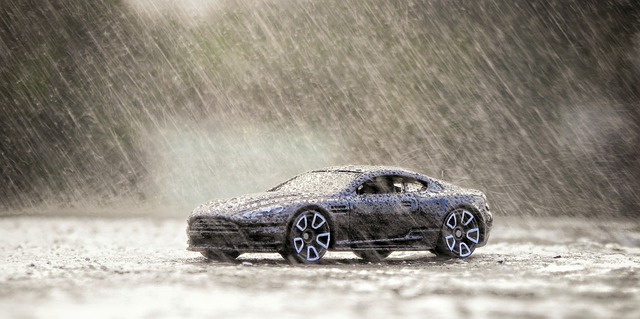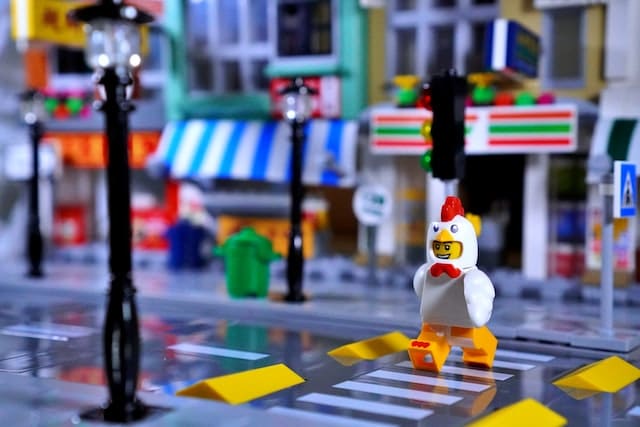To capture motion in toy photos, start by exploring dynamic camera angles. Try low ground shots for action or a bird's-eye view for a sense of speed. Experiment with tilting your camera to convey energy. Next, use blurring effects by adjusting your shutter speed to around 1/30th of a second and try panning techniques to keep your toy sharp while the background blurs. Finally, play with creative lighting. Directional lighting and colored gels can set the mood and highlight movement. These strategies will dramatically transform your toy photography, and there's more to explore about each technique.
Dynamic Camera Angles
Dynamic camera angles are key to capturing the essence of motion in toy photography. You need to think beyond the typical eye-level shots; instead, explore angles that suggest movement and action. Consider getting low to the ground to create an upward perspective, which can make a toy look like it’s leaping into action. Alternatively, you can shoot from above to mimic a bird’s-eye view, giving the impression of speed or flight. Experimenting with various distances and perspectives can also enhance the storytelling aspect of your images. Incorporating artistic angles in toy photography allows you to showcase the character and personality of each toy, transforming a simple scene into a dynamic narrative. Additionally, utilizing foreground elements can add depth to your composition, drawing the viewer’s eye and emphasizing the action happening within the frame.
Experiment with tilting your camera to add a sense of energy and direction. A slight tilt can suggest acceleration or a change in momentum, giving life to a static scene. You should also play with the focal length of your lens. A wide-angle lens can exaggerate perspective, making close objects appear larger and more dynamic, while a telephoto lens can compress the scene, enhancing the feeling of depth and distance.
Don't forget to move around your subject. Capture different angles to see which best conveys the story you want to tell. By changing your position, you'll discover new and exciting ways to showcase motion, transforming your toy photography into a lively and compelling visual narrative.
Blurring for Motion Effect
After exploring the power of dynamic camera angles, let's now focus on another essential technique for conveying motion: blurring. Blurring is a powerful way to add dynamism to your toy photos. It creates the illusion of movement, making the scene feel alive. To achieve this effect, you'll need to adjust your camera settings and use some creative techniques that will make your toys appear as if they're in action.
First, you'll want to experiment with your camera's shutter speed. A slower shutter speed can capture the motion blur of a fast-moving object. Start with a speed of 1/30th of a second and adjust as needed.
Consider panning your camera along with the moving toy for a balanced motion effect. This keeps the toy in focus while the background blurs.
Using a tripod can stabilize your camera, reducing unintended blur and keeping your main subject sharp.
Add depth by blurring elements in the foreground or background. This directs focus and enhances the sense of movement.
- Experiment with shutter speed: Start slow, adjust as needed.
- Pan with the action: Keep the subject sharp, blur the background.
- Use a tripod: Stabilize and reduce shake.
- Blur selectively: Guide viewers' focus.
- Practice and review: Learn from each shot to improve.
Creative Lighting Techniques
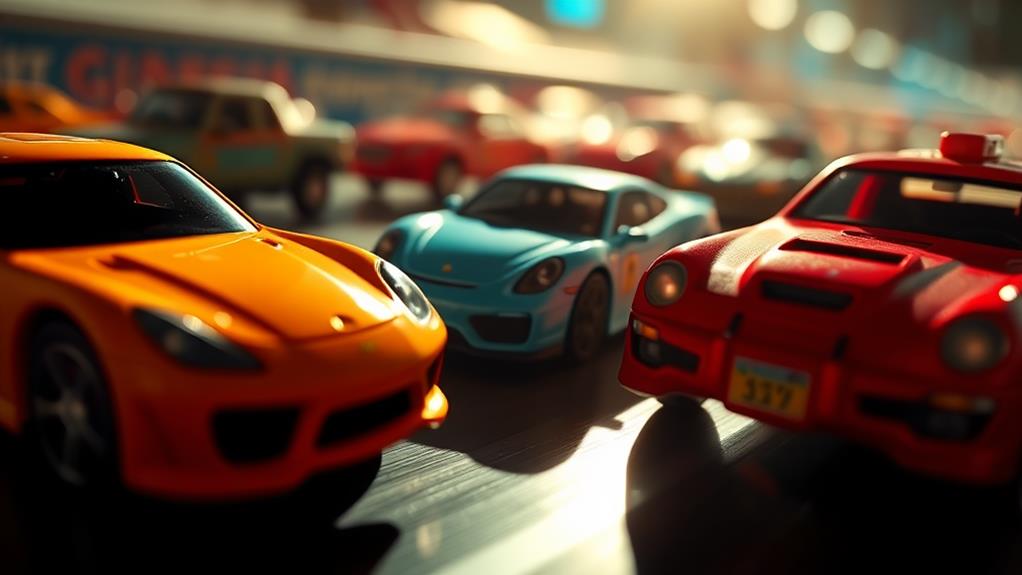
Lighting frequently serves as the unsung hero in toy photography, transforming a simple setup into an enchanting scene. When you're capturing motion, creative lighting can make your toys appear dynamic and full of life. Start by experimenting with directional lighting. Position a lamp or flashlight to create dramatic shadows, suggesting movement and adding depth. You can also use colored gels to change the mood or convey speed. A red or blue hue can add intensity and drama, making your toys look like they're in the middle of a thrilling chase.
Consider using natural light for a softer, more realistic look. The golden hour—shortly after sunrise or before sunset—offers a warm glow that can enhance the toys' details and create subtle motion effects. If you're indoors, a window can serve as a great light source, casting natural shadows that suggest action.
Don't forget about using reflectors. A simple piece of white paper or a mirror can bounce light back onto your toys, highlighting specific areas and giving the impression of movement. By mastering these creative lighting techniques, you'll elevate your toy photos, capturing motion in a way that feels both magical and authentic.
Frequently Asked Questions
How Can I Choose the Best Toys for Motion Photography?
Consider toys with dynamic features like movable joints or wheels. Use vibrant colors and interesting shapes. Pick toys that inspire action, like superheroes or vehicles. Experiment with scale to create the illusion of movement in your photos.
What Camera Settings Are Ideal for Capturing Toy Movements?
Did you know 75% of photographers prefer using a fast shutter speed to capture crisp motion? Set your camera to 1/1000s or higher, adjust the ISO for brightness, and use burst mode for dynamic toy shots.
How Can I Stabilize My Camera for Clearer Motion Shots?
To stabilize your camera, use a tripod or a sturdy surface. Enable image stabilization if your camera has it. You can also use a remote shutter release to avoid shaking the camera when you click.
Which Editing Software Is Recommended for Enhancing Motion Effects in Toy Photos?
You should try Adobe Lightroom or Photoshop for enhancing motion effects. They offer powerful tools for adjusting blur and enhancing colors. If you prefer free options, GIMP or Snapseed can also effectively enhance motion in your toy photos.
How Can I Create a Sense of Scale When Photographing Toys in Motion?
"Seeing is believing." To create scale in toy motion photos, use real-life objects for reference, like a coin or a plant. Vary the focal length and perspective to emphasize size differences, making your toys larger than life.
At a Glance
In the world of toy photography, capturing motion is like orchestrating a dance. By experimenting with dynamic camera angles, you can lead your audience's eye on a thrilling journey. Embrace blurring to add that cinematic rush, giving life to your static subjects. Don't forget, creative lighting techniques are your spotlight, highlighting every twist and turn. So grab your camera, let your imagination run wild, and watch your toy photos leap off the screen, full of energy and excitement.

